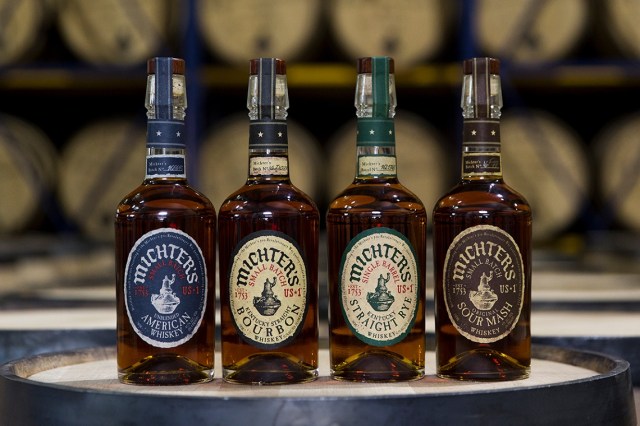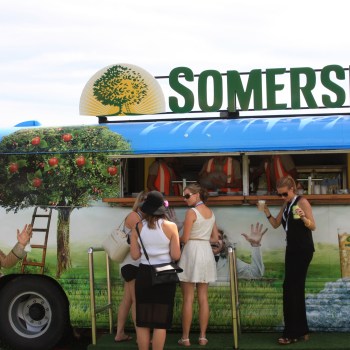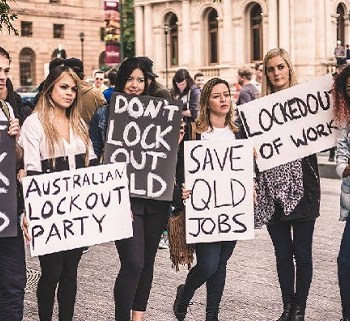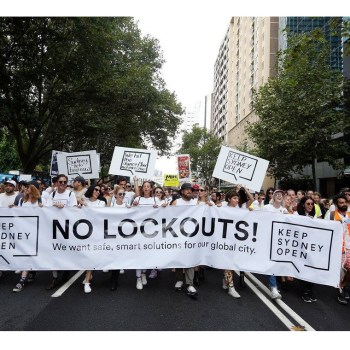By Andy Young
Louisville is one of the world’s great whiskey cities and bourbon is unquestionably a whiskey to celebrate. The city has been home to many distilleries over the years, with as many as 50 active there just prior to prohibition being introduced in the United States.
Now, Louisville not only has its bourbon heritage to attract visitors, but it also plays host to what are widely acknowledged as some of the world’s best bourbon bars, fully stocked with whiskey from the amazing local distilleries.
One of the great Louisville distilleries and one every whiskey fan should sample is Michter’s, which has a heritage dating back to 1753 (the brand was originally located in Pennsylvania and resurrected in Kentucky in the 1990s) and whose whiskies have received worldwide acclaim. Described by Robert Parker as “spectacular…powerful yet smooth” and by Jim Murray as “a magnificent style of whiskey…big, confident, high class”, Michter’s is a whiskey to grab the attention.
Michter’s has a production motto of “Cost Be Damned!” which drives what the distillery is all about, and which they use to help maintain a premium product that is the best they can produce, regardless of the cost: something that every whiskey fan should celebrate.
As Master Distiller, Pam Heilmann, explains there are a number of key areas where this, ‘Cost Be Damned’ mantra helps to set Michter’s apart. The first is in air drying the custom barrels.
“We specify wood that has been thoroughly and properly dried, sometimes for as long as 18-36 months, in order to enhance the natural properties of the wood which allows for better flavour and to reduce the levels of tannin imparted to the whiskey,” Heilmann says.
The next damned cost comes through toasting barrels before they are charred, which costs more than just charring, but means a whiskey with more flavour and colour.
“Toasting a barrel before charring helps to make the wood’s sugars more accessible. These sugars caramelise and concentrate to form the ‘red line’ in the barrel stave cross-sections due to the heat, ultimately adding more flavour and colour to the whiskey as it seeps through the char to the caramel red line,” explains Heilmann.
While most of the industry will generally put its spirit into the barrel at 125 proof, at Michter’s they believe that a lower entry level of 103 proof means the concentrated sugars in the toasted and charred wood can dissolve more readily into the distillate as it cycles in and out of the barrel. Using a lower entry proof is more expensive because it necessitates the use of more barrels to produce the same ultimate quantity of whiskey.
“Even though the lower entry proof yields fewer bottles per barrel, we feel strongly that the richer flavour makes it worth it,” says Heilmann.
Michter’s also uses heat cycling, which raises the temperature in the barrel warehouses in a bid to increase the expansion and contraction of the wood in the barrel and so increase the amount of flavour absorbed from the sugars in the caramelised red line of the wood.
Again this is not something used by many other distilleries because it increases the ‘Angel Share’ evaporation from a standard 2.5 per cent up towards four per cent. It’s very costly for the distillery but Michter’s is adamant it’s the whiskey that is the priority, not the cost.
So with all these factors in mind it’s easy to see why Michter’s has such worldwide acclaim; it is a brand with undisputed heritage, from one of the world’s key whiskey regions and with an absolute focus on quality whatever the cost.



